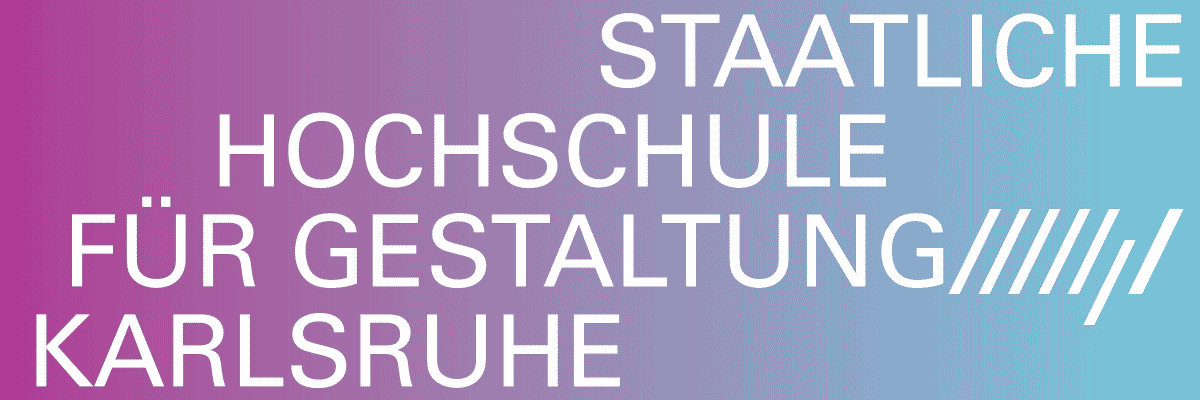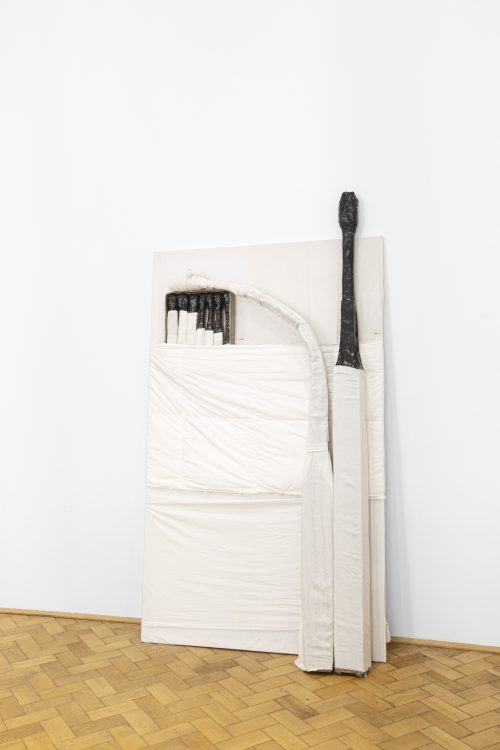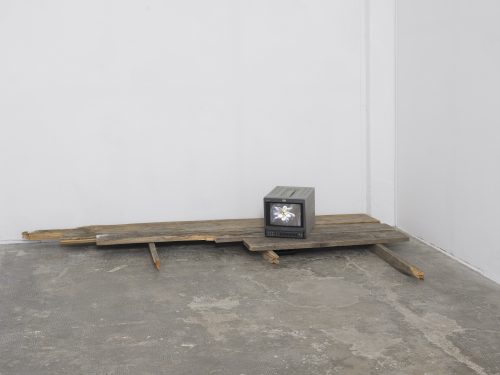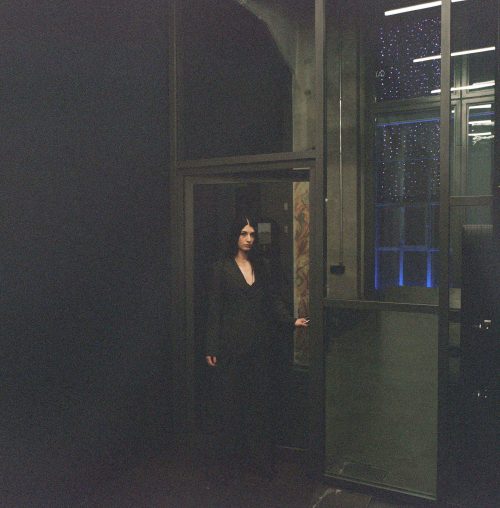
Michał Sroka Michał Zawada Filip Rybkowski
MEASUREMENTS
Project Info
- 💙 PANI DOMU POZNAŃ
- 💚 Mateusz Piestrak Krzystof Mętel
- 🖤 Michał Sroka Michał Zawada Filip Rybkowski
- 💜 Michał Zawada
- 💛 Mateusz Piestrak
Share on
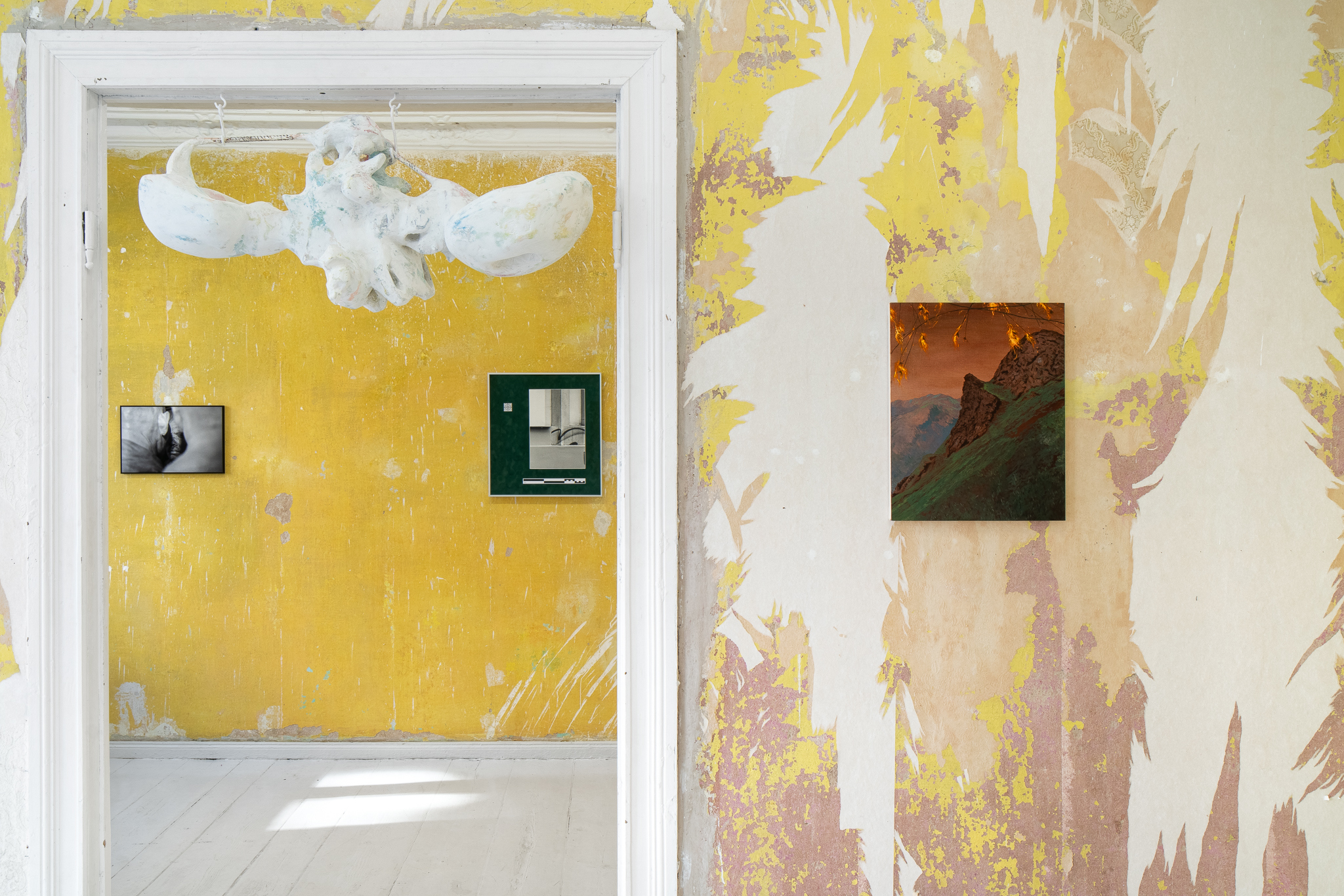
Advertisement
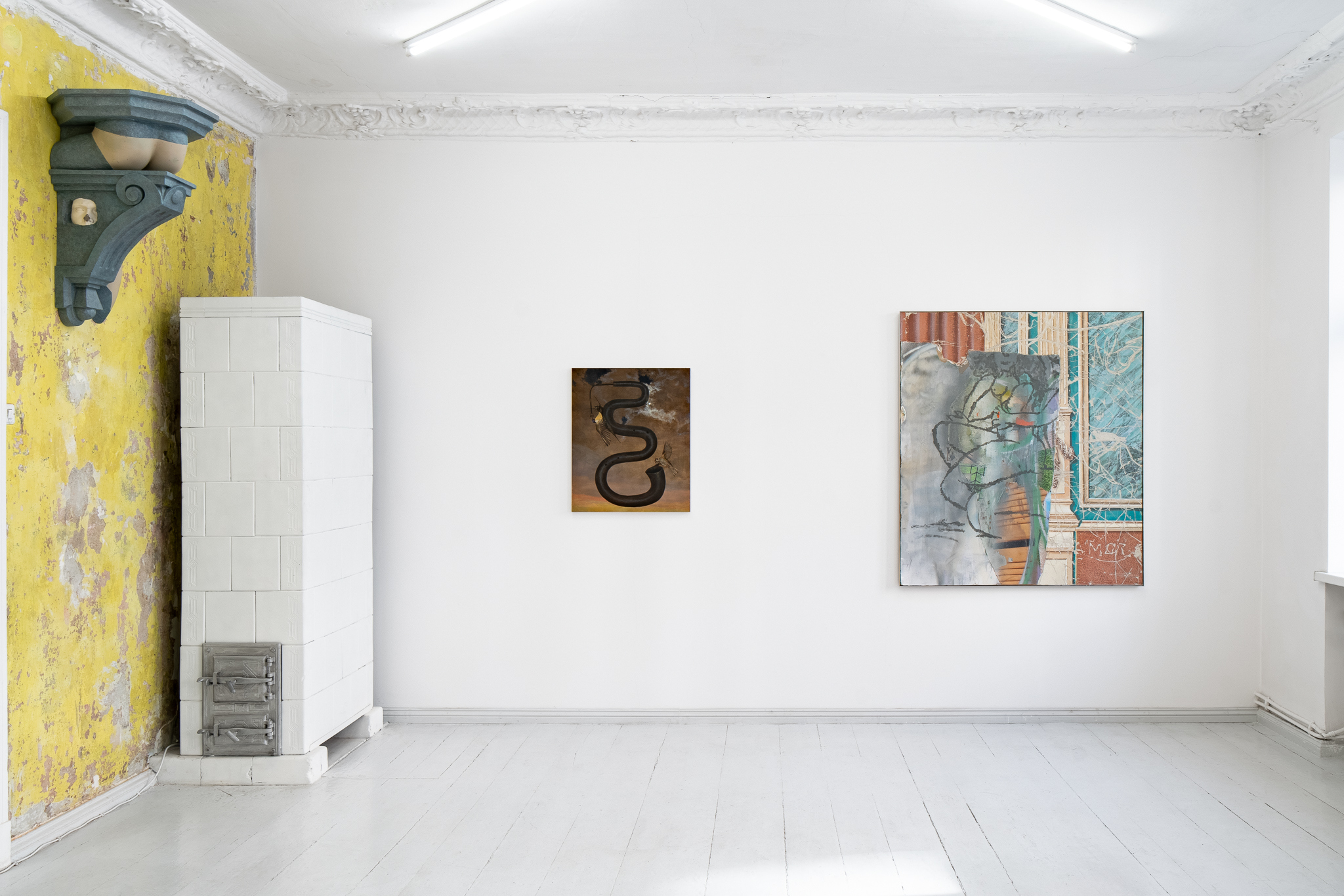
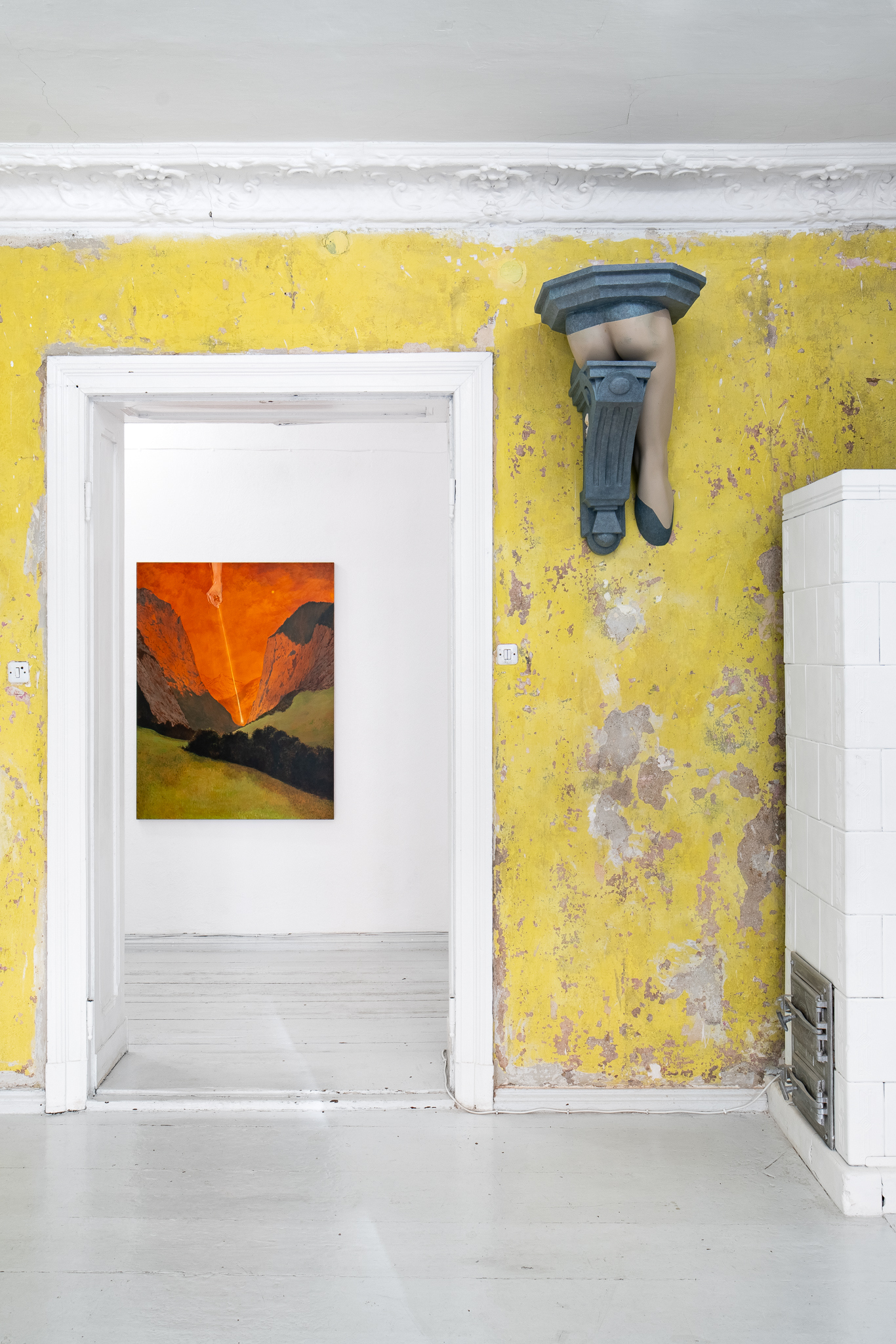
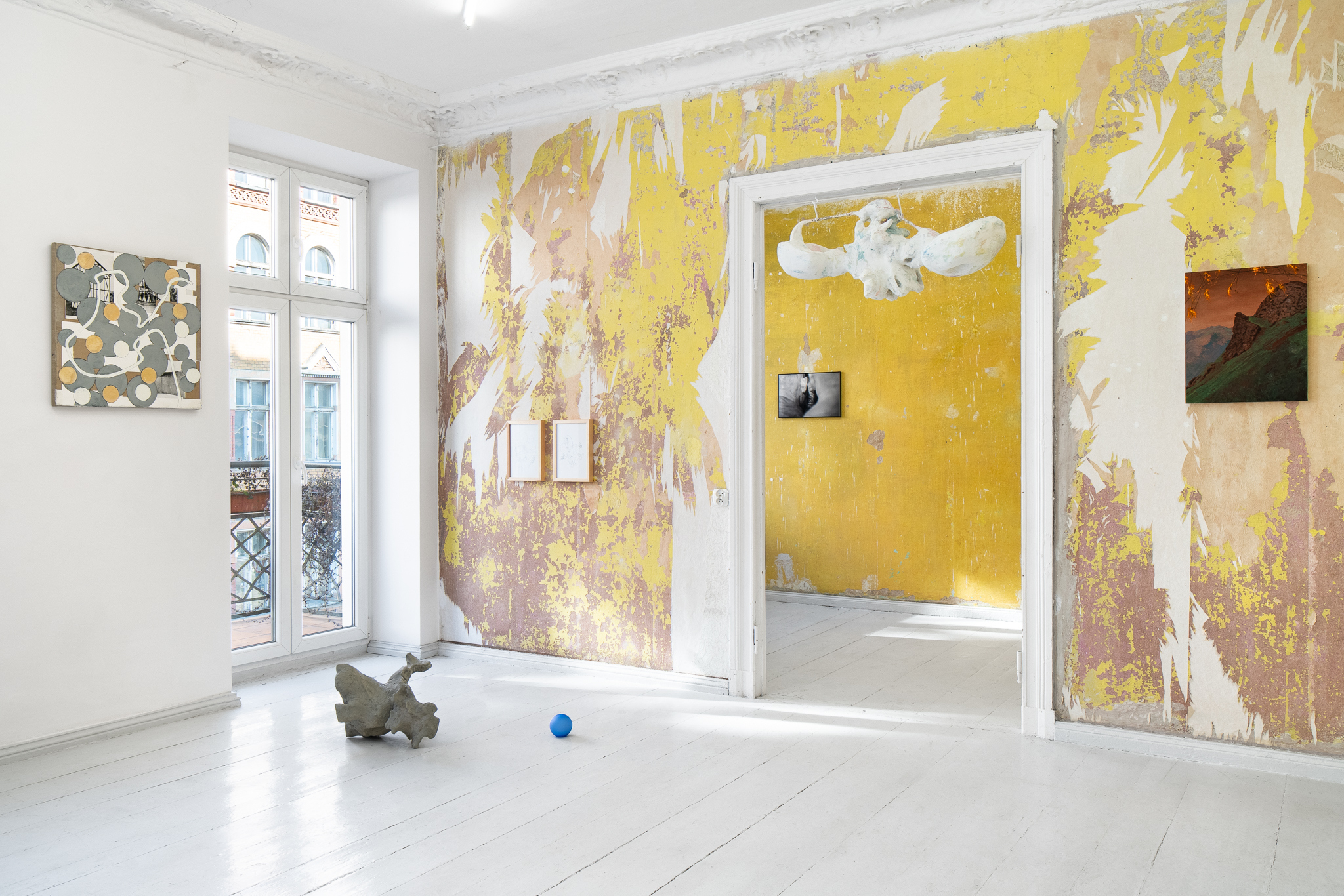
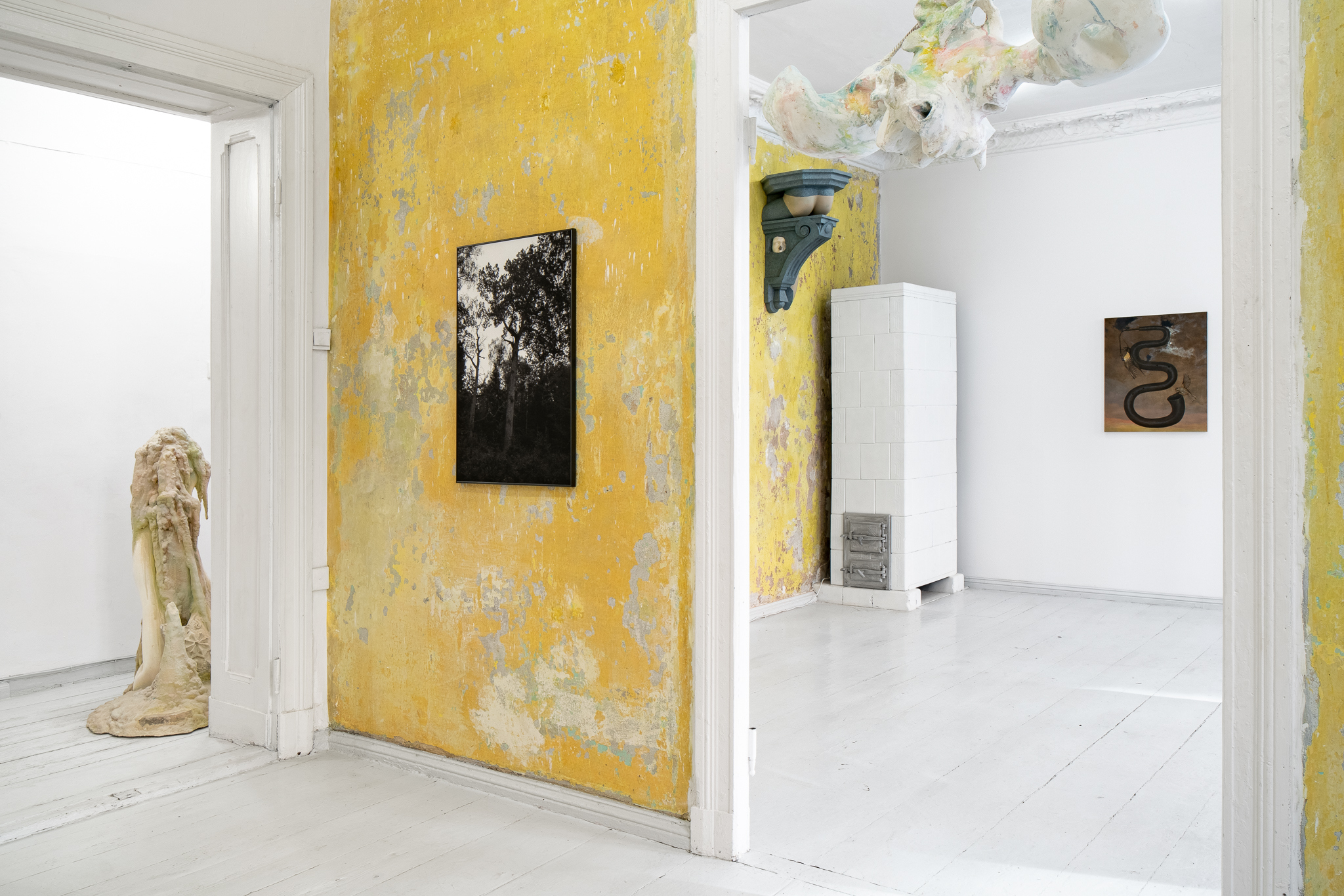
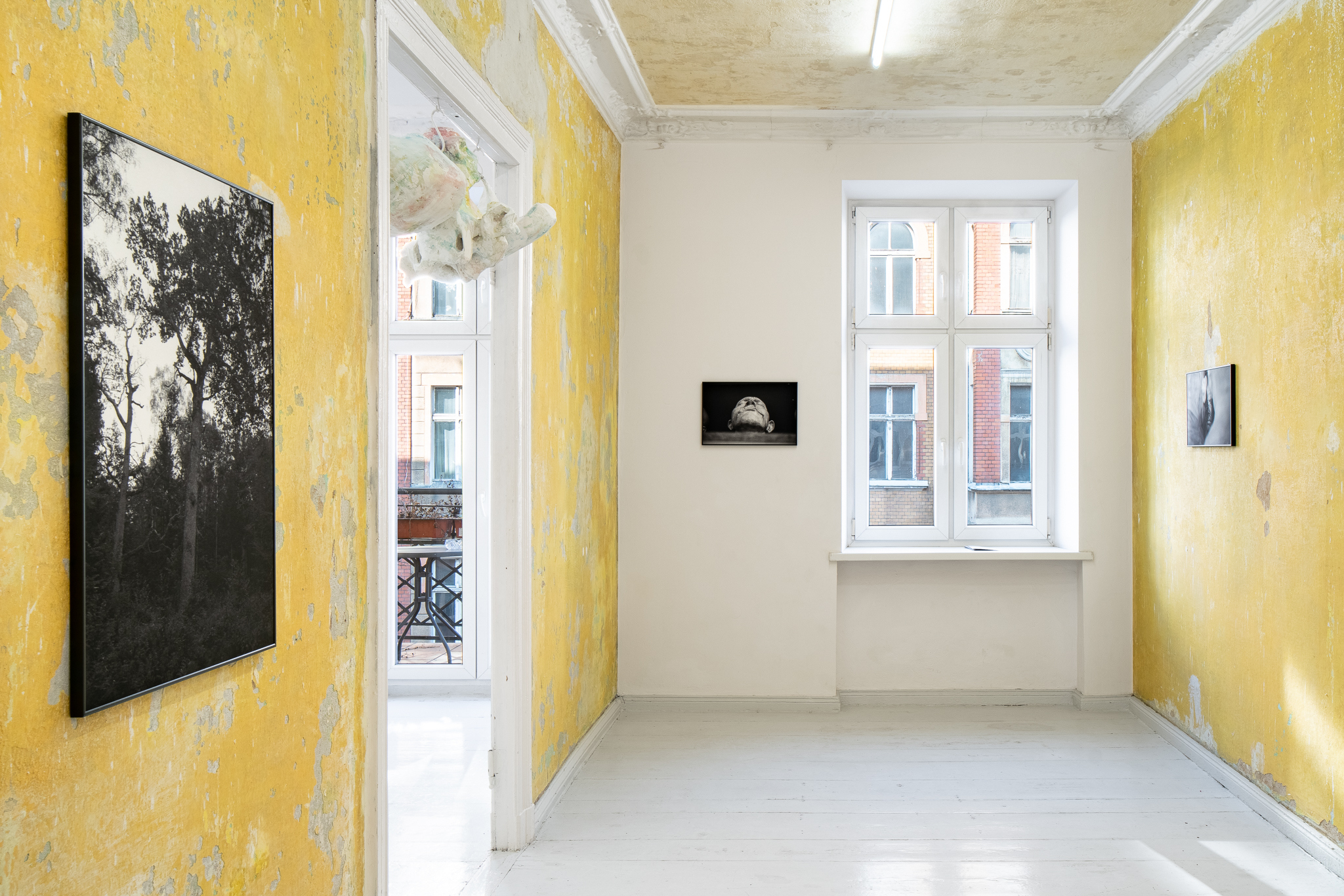
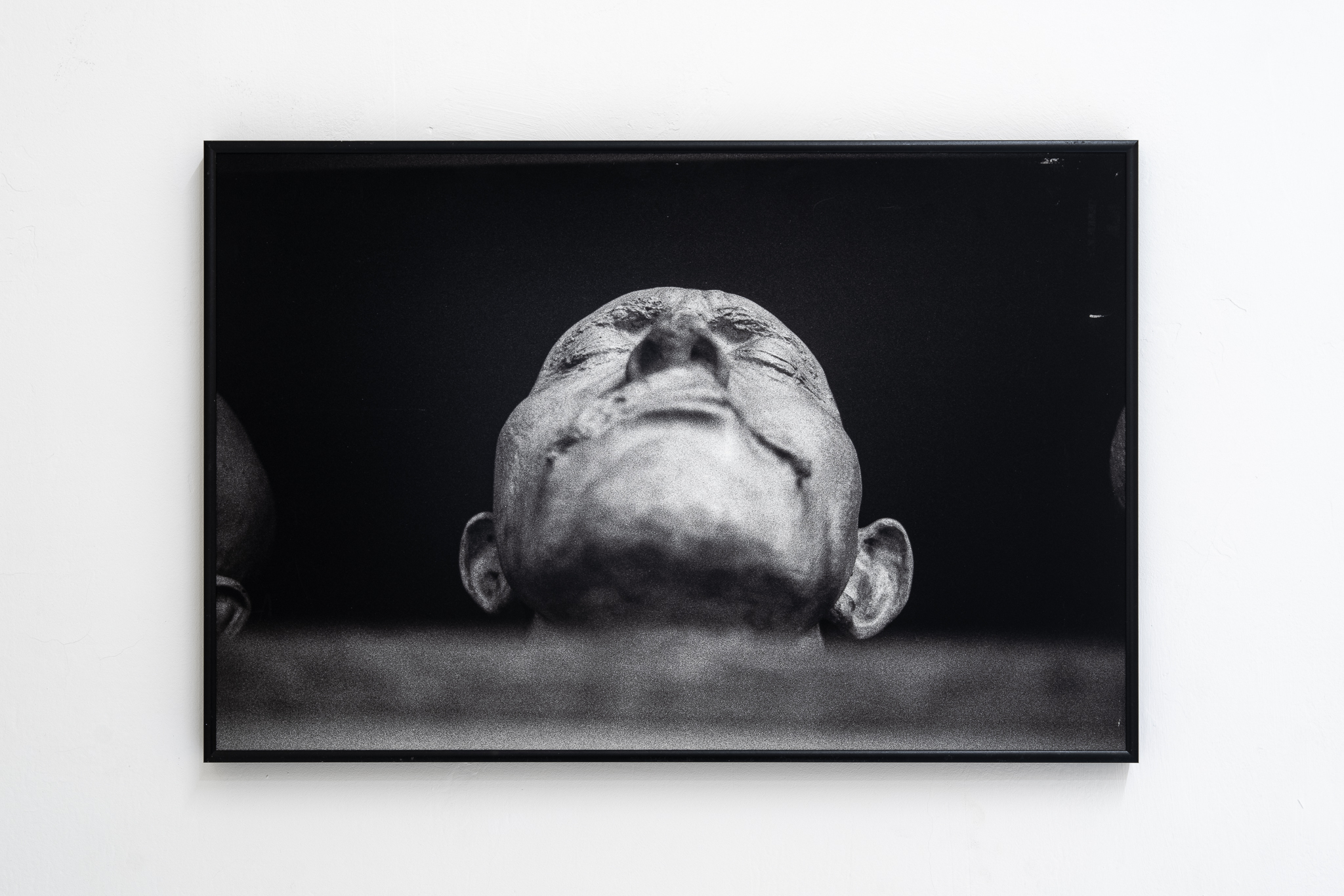
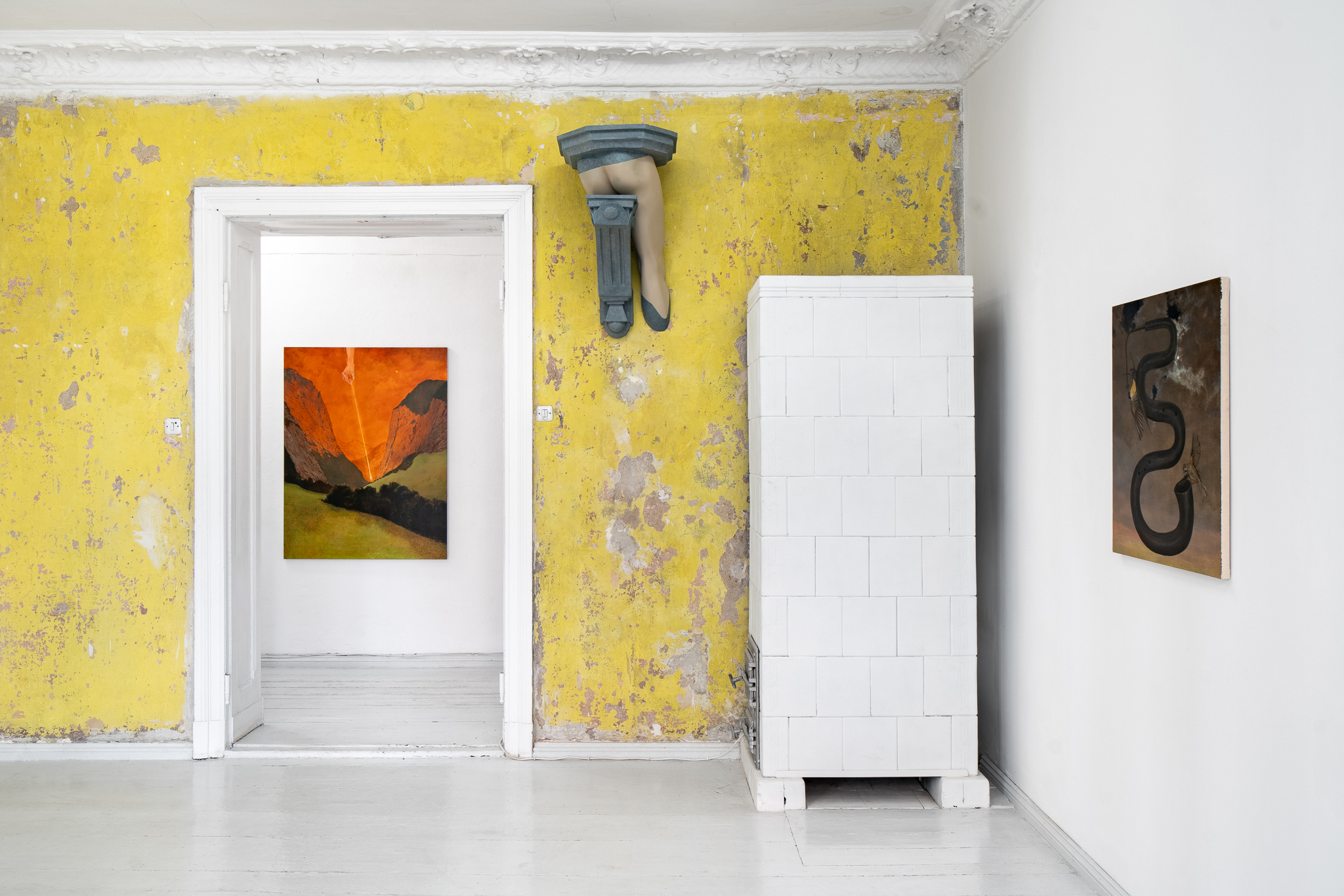
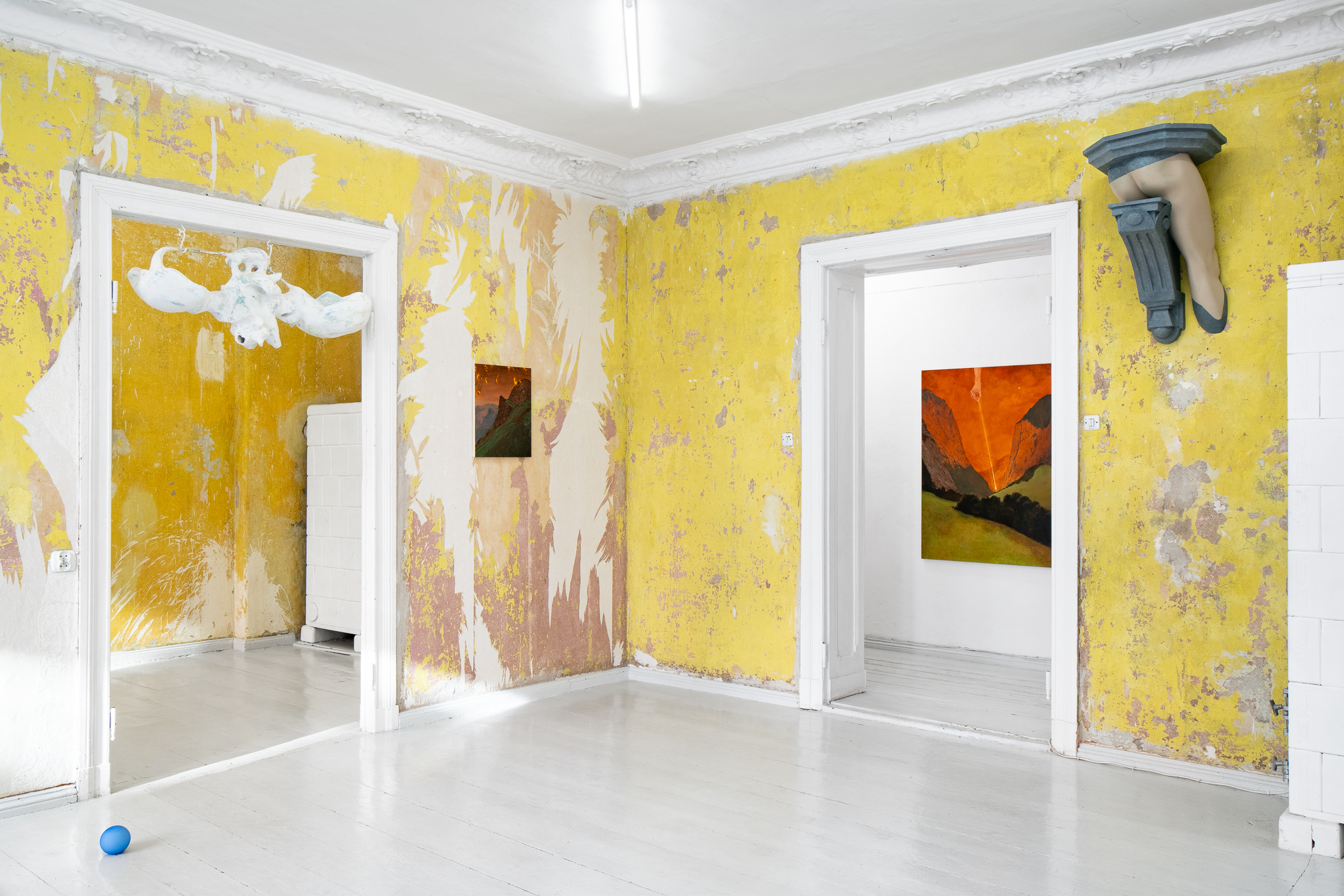
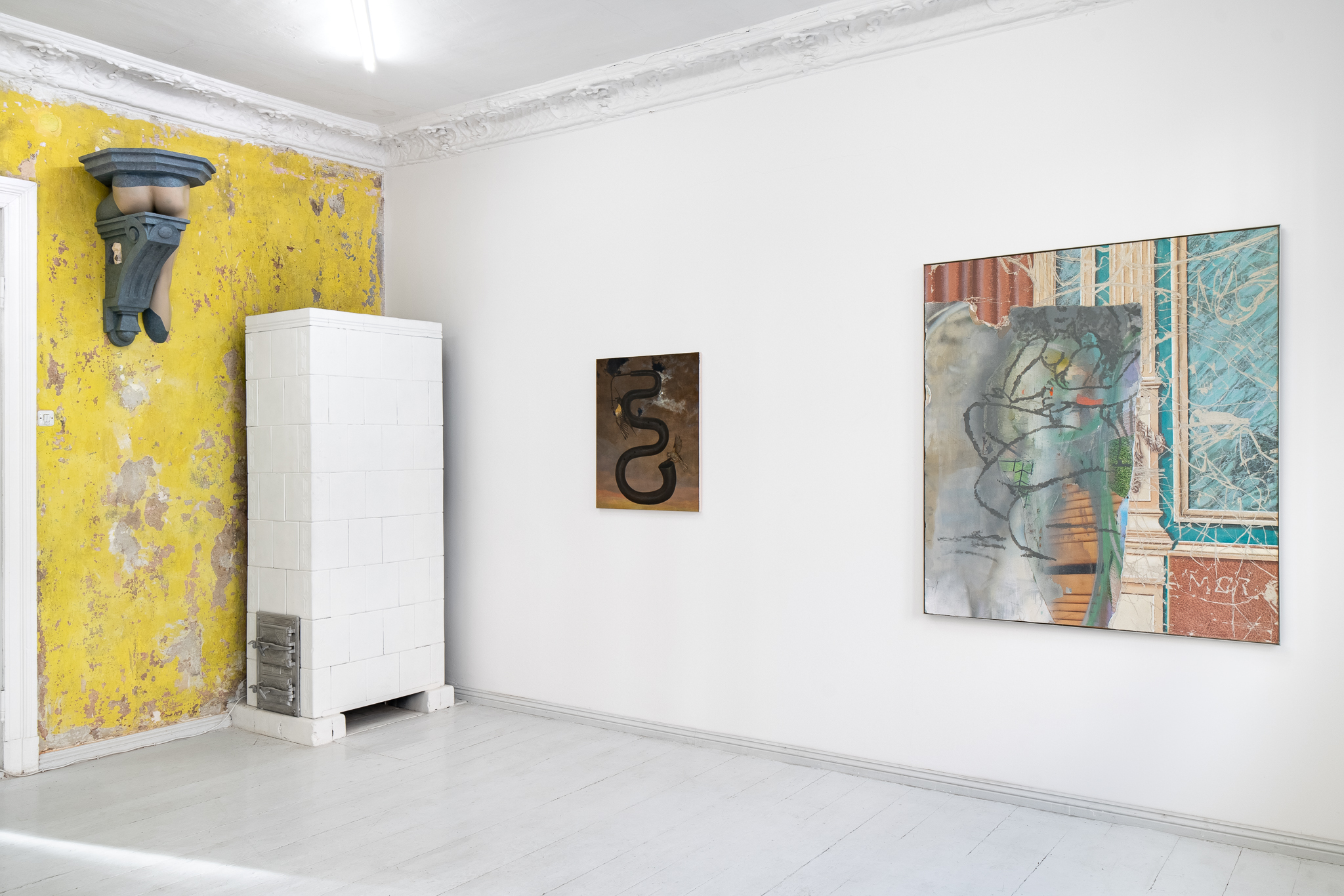
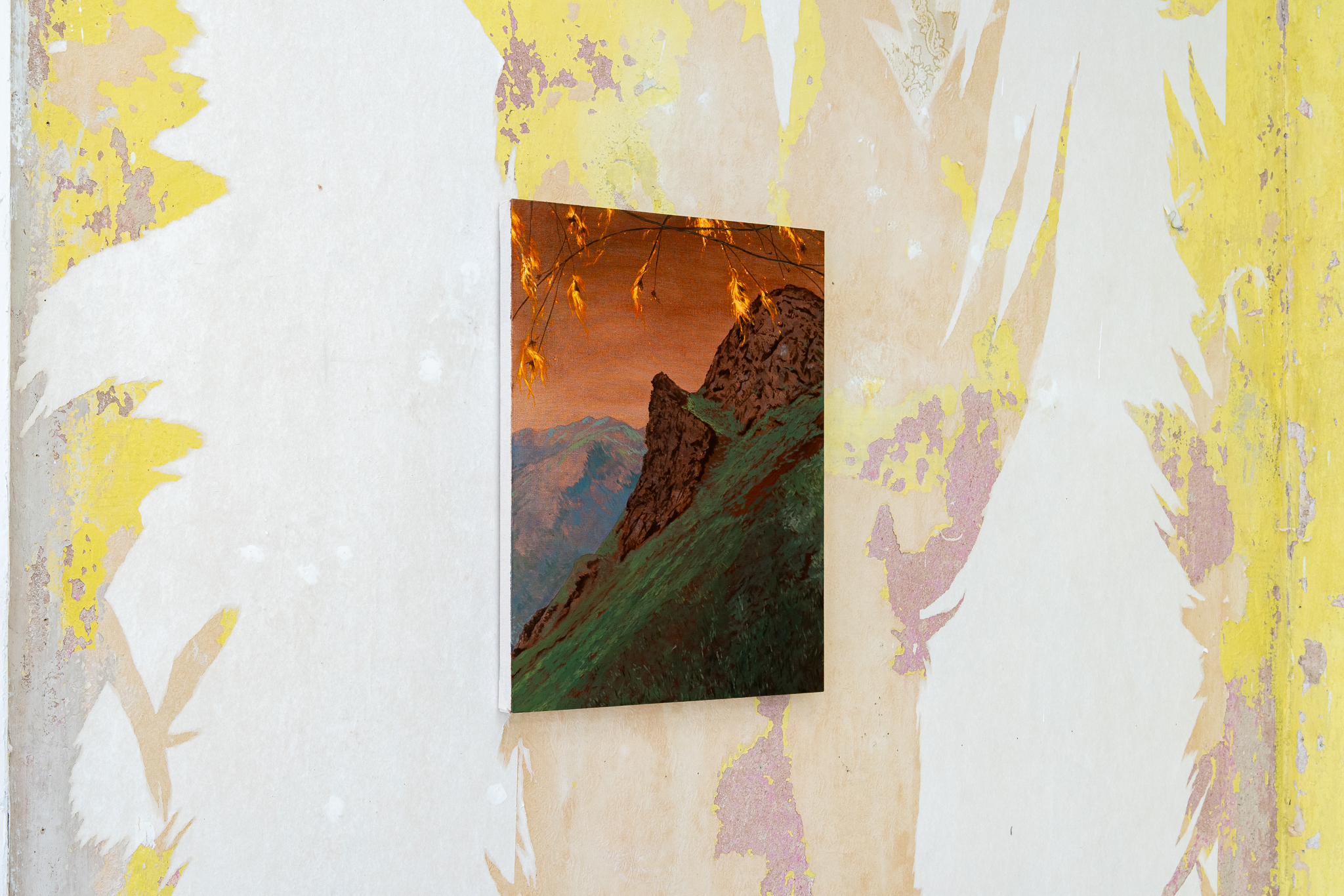
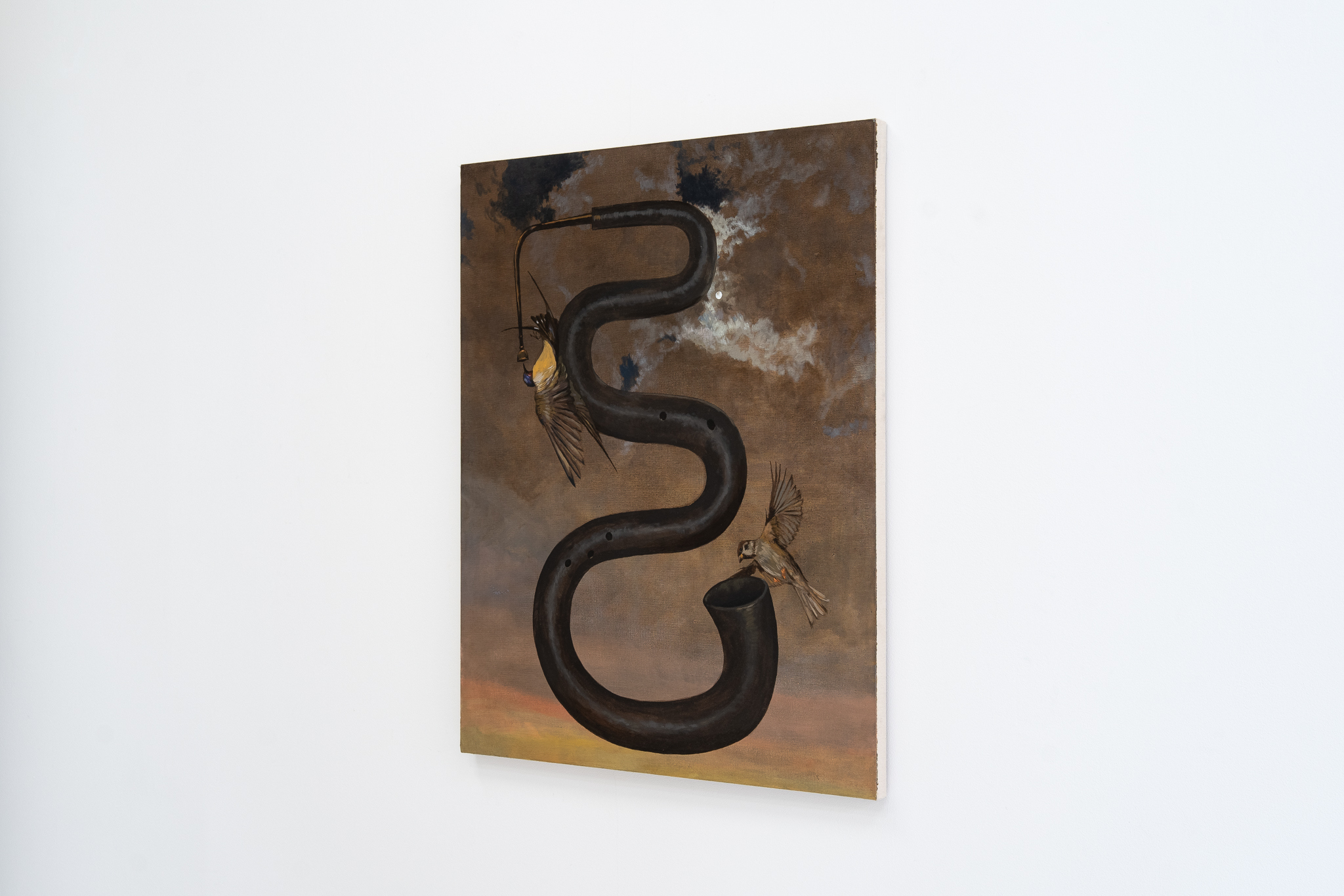
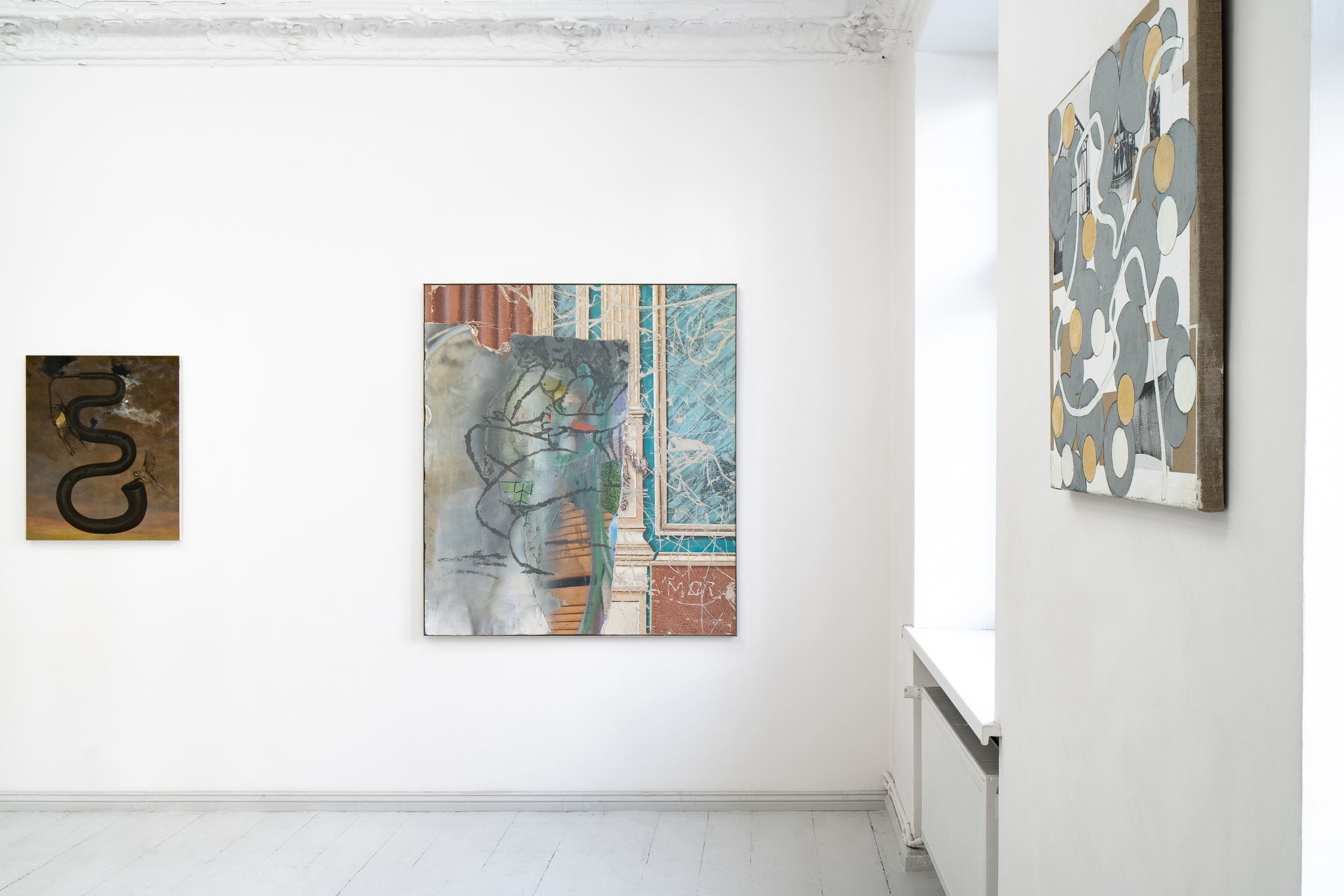
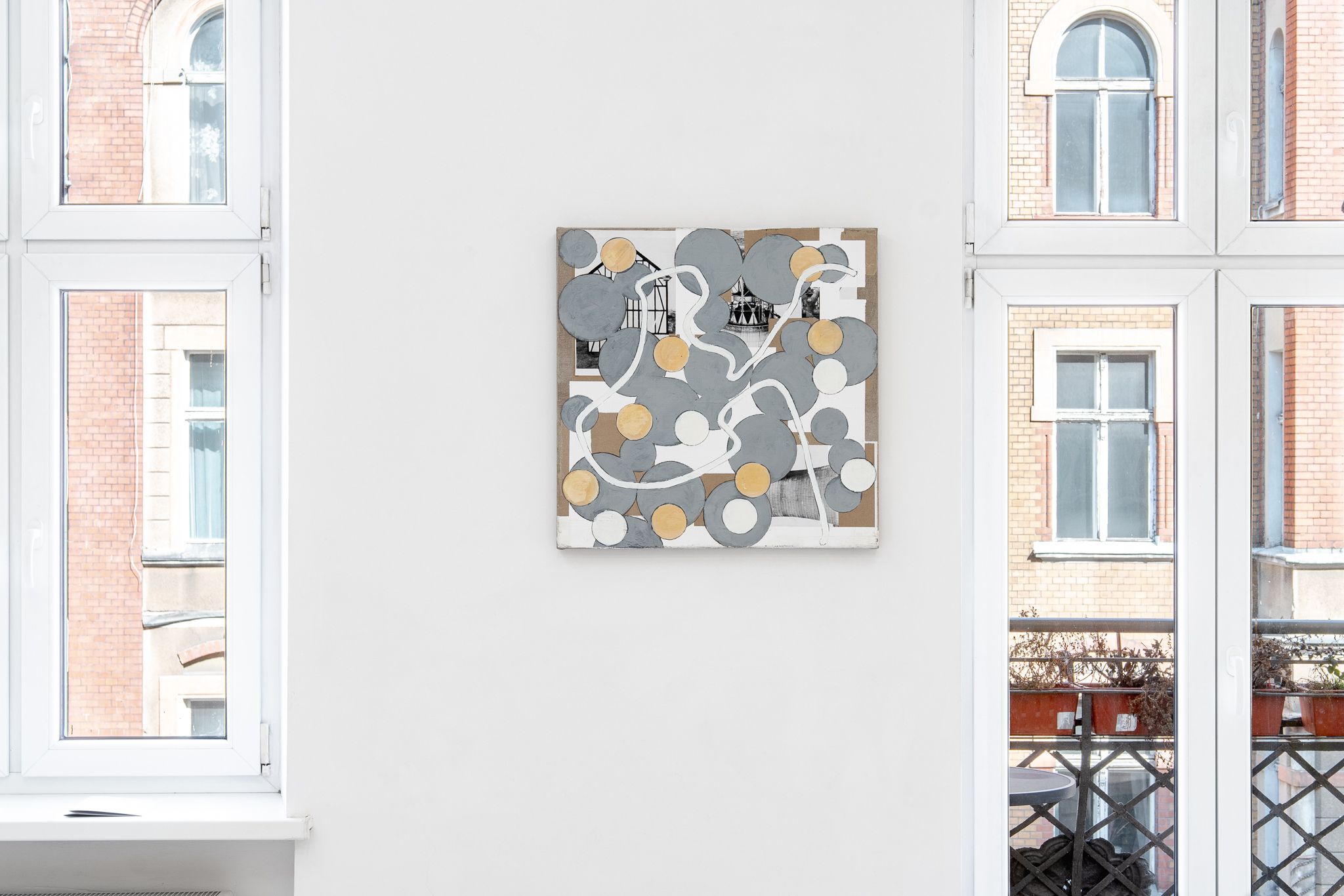
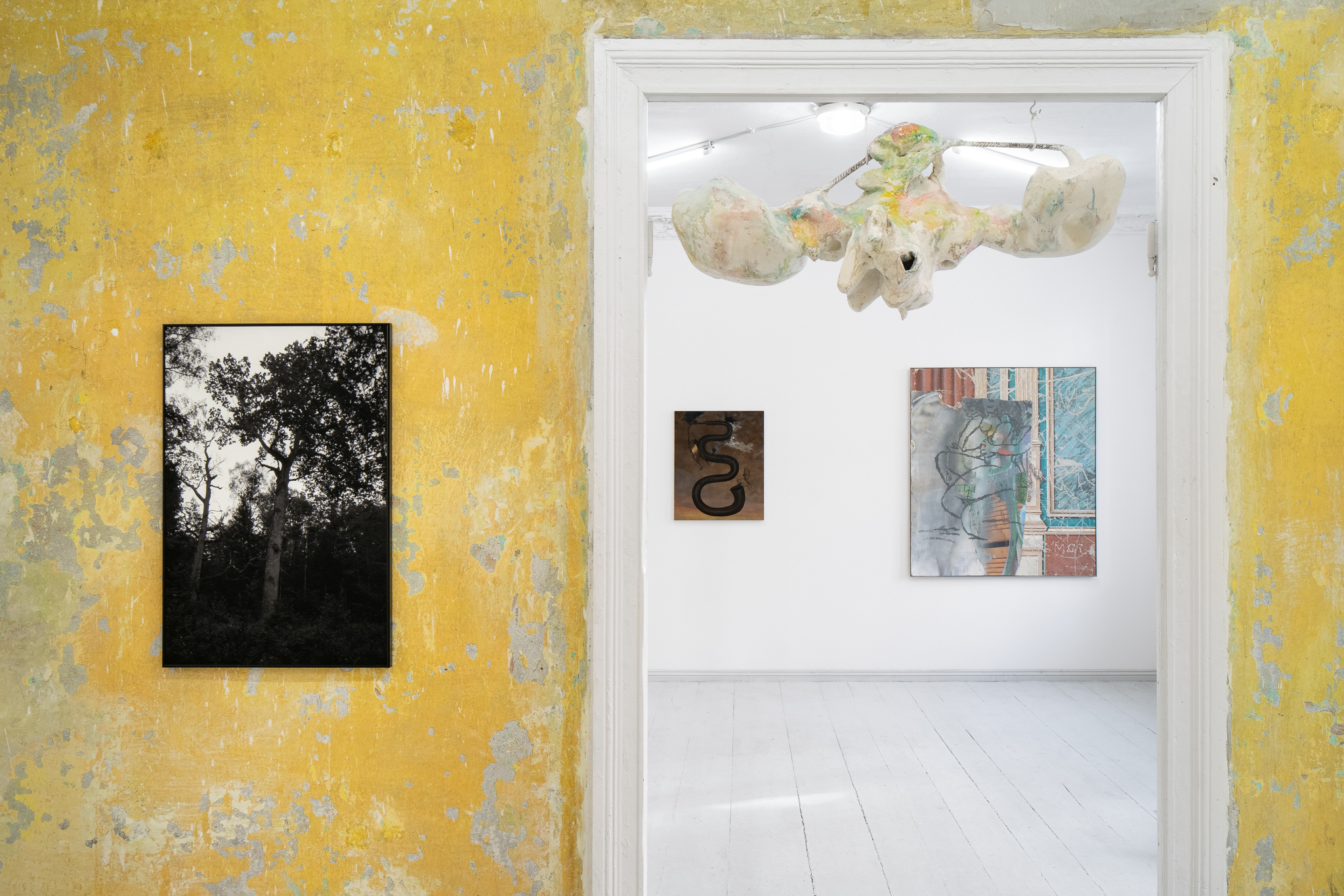
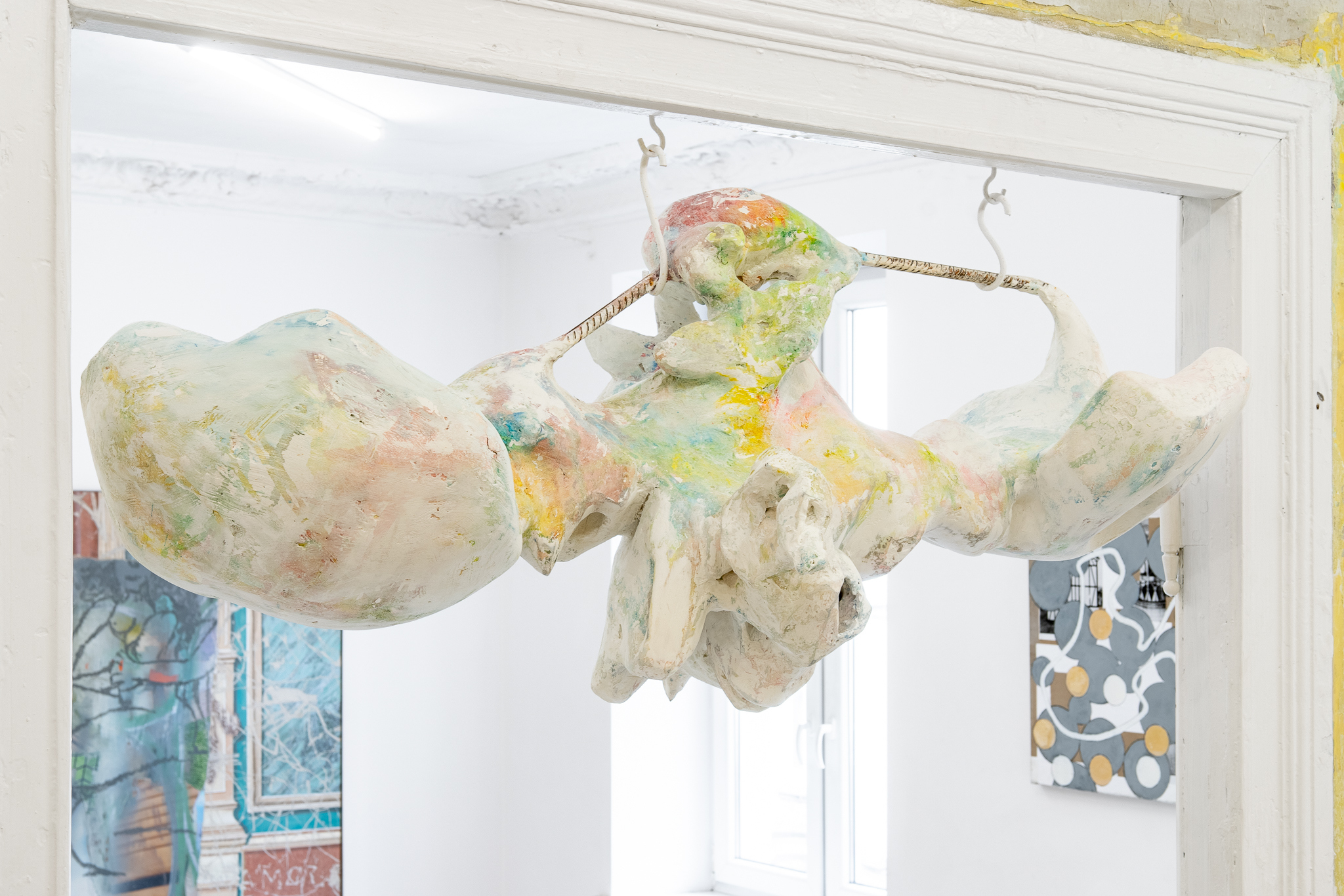
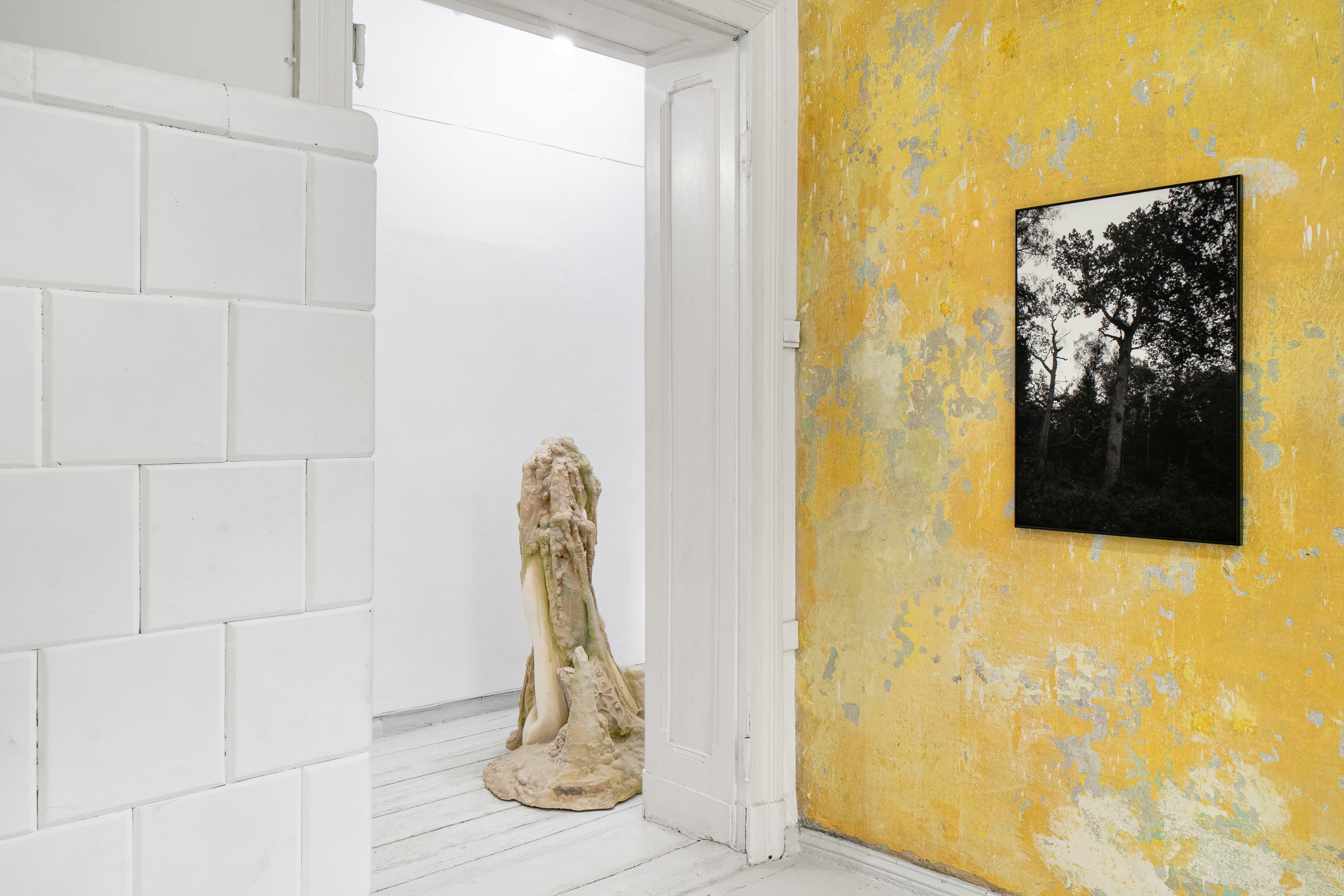
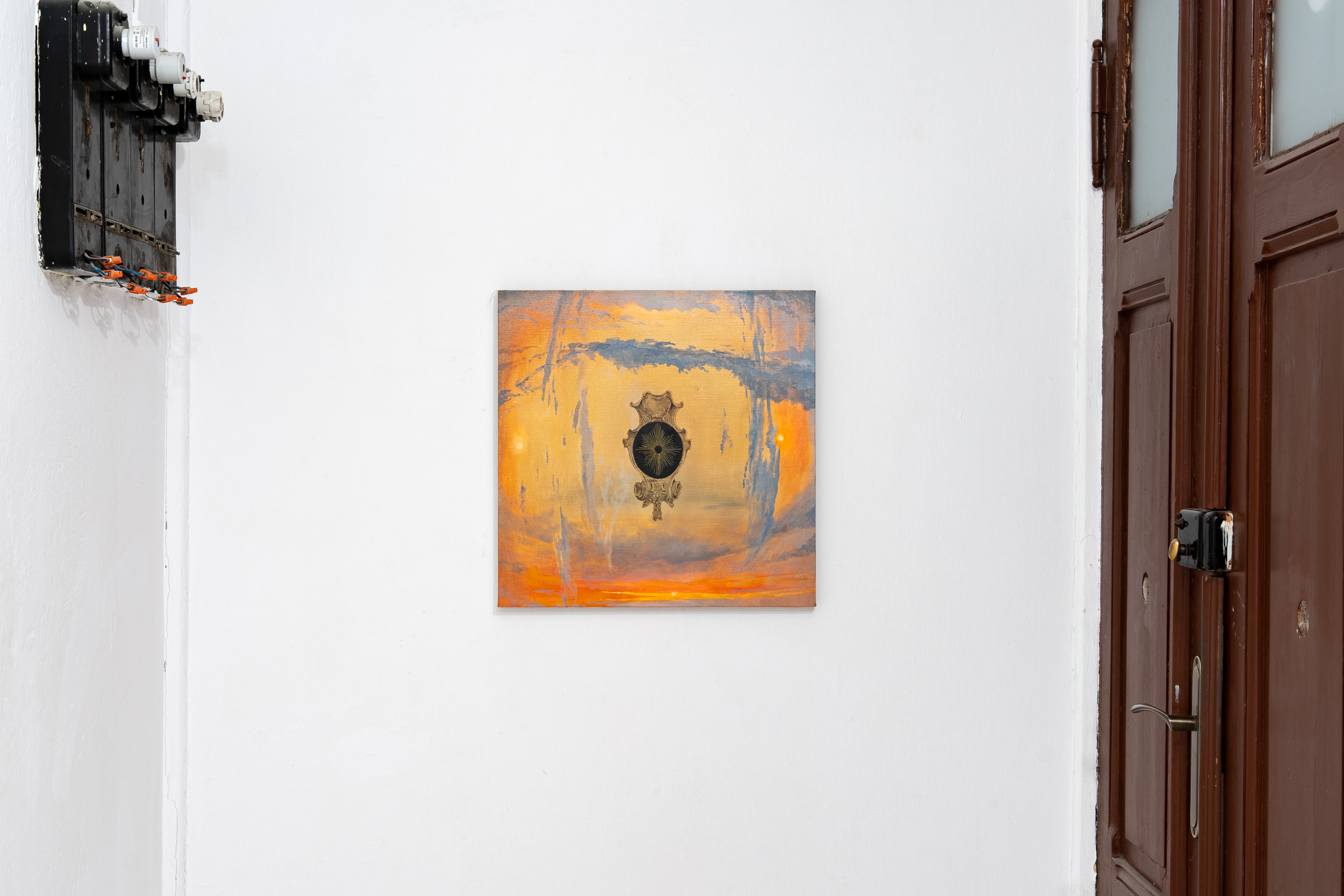
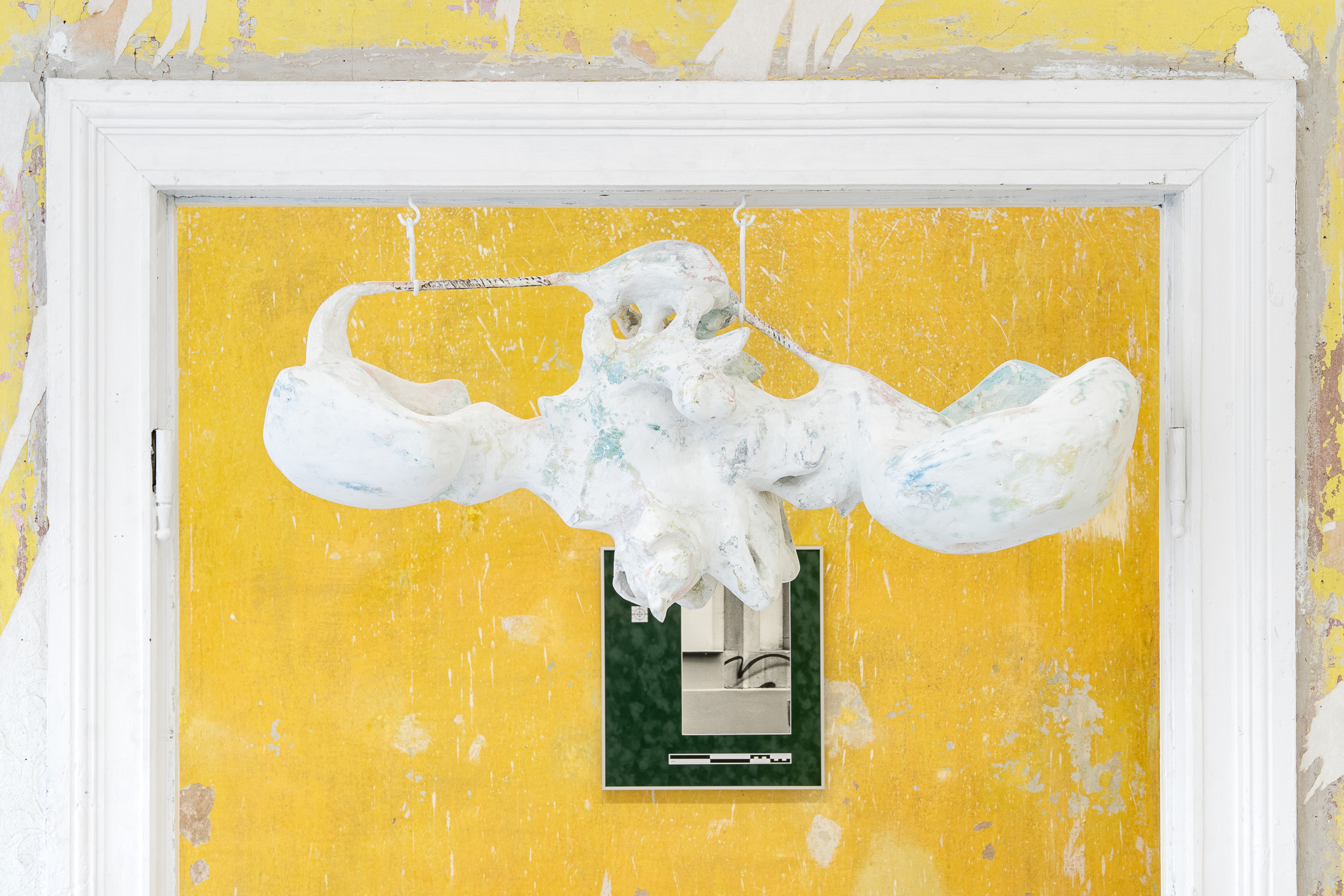
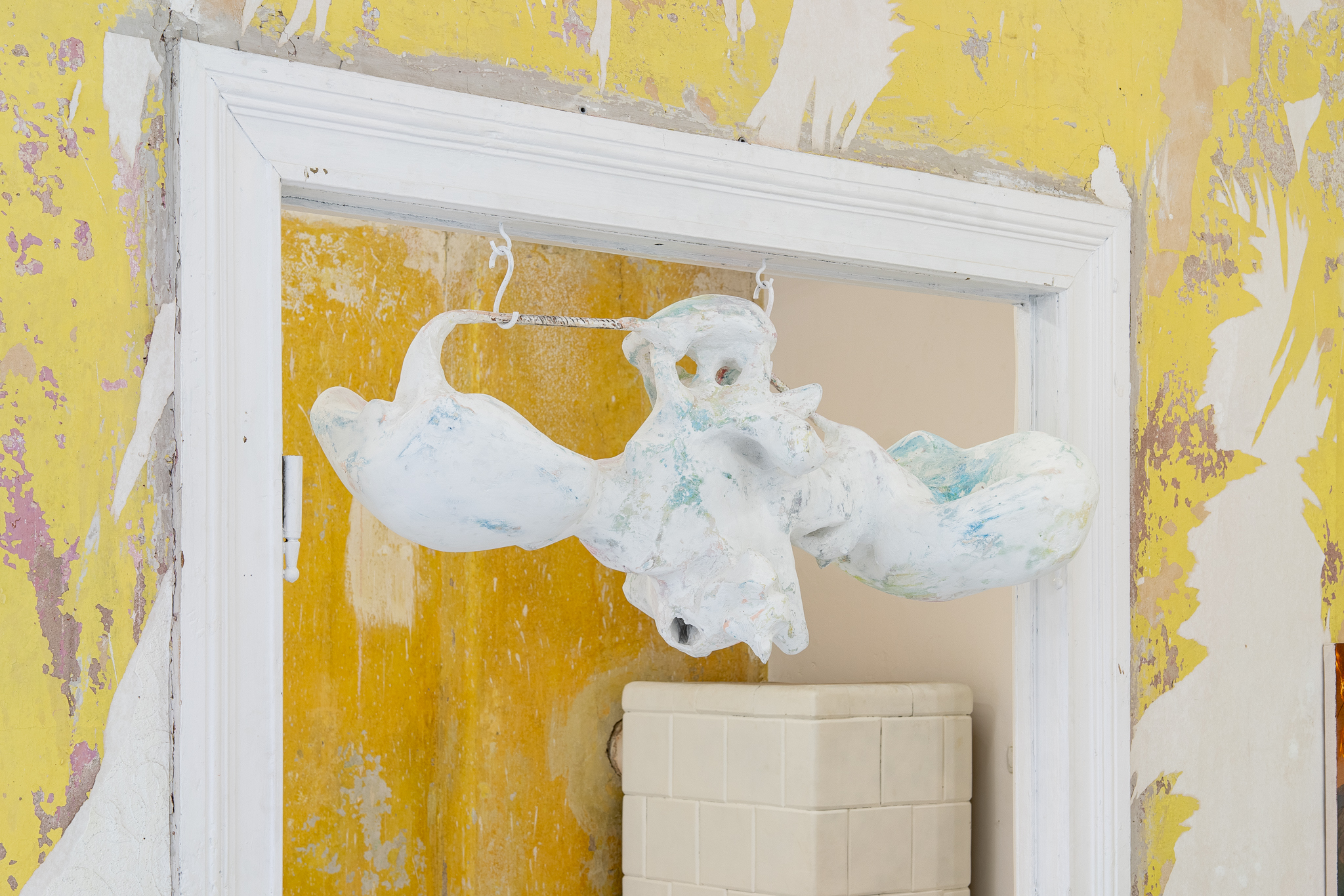
MEASUREMENTS | Filip Rybkowski, Michal Sroka, Michal Zawada
PANI DOMU
Niegolewskich Street 7/7, Poznań
www.panidomu.com
https://www.instagram.com/pani_domu_poznan
The invention of measurement can be considered as the beginning of sanctioning the comparative scale of possession and ownership. Taking measurements is a kind of language that structures a chaotic reality and, at least for a while, catches its fluctuating properties into definite forms, giving those who measure a sense of power and the causality that goes with it. In the romantic view, art is a measureless discipline - perpetually alive, affective, subject to metamorphoses, but also annexing ever wider areas of reality. And yet, since its dawn, artists have structured their activities around measurable criteria and within more or less flexible systems. Measurement separated what was aesthetic from what was unsightly, what was ours from what was someone else's, what was worthy of preservation from what was doomed to eternal oblivion.
Filip Rybkowski, Michal Sroka and Michal Zawada trace the ways that still organize the space of visuality today. Measure, whether it reveals itself as a system of Pythagorean proportions or composition, or defined performance standards and dealt with the construction of hierarchies and evaluation tools, has always determined the dependence of creativity on social conditions. The intersection of art and mathematically expressible boundaries may be central to the forms they construct and the meanings and emotions they generate, but crucial to their deliberations are the moments when disciplinary measurement determines issues at the intersection of politics and social engineering.
In Michal Sroka's practice, measurement is an initiating moment, treated as a tool for analyzing and shaping visual space. However, Sroka questions the traditional methods of measurement that belong to the discipline of architecture. He treats space as a dynamic, interconnected whole, where structures seamlessly merge with their surroundings, forming part of an organic, evolving system. Objects, being a kind of negative of space, become a physical representation of the measurement process. They refer to the legacy of Austrian architect Frederick Kiesler, who developed the concept of continuous spaces without clear boundaries. Sroka's works also address the issue of the corporeal experience of space, in which the body becomes the measure and tool of perception.
In the midst of painting works based on the intertwining of essentialist and ethical canons, Michal Zawada presents photographs from two seemingly completely different orders: paintings of the Bialowieza Forest and a set of plaster casts of heads that were used during World War I to study race and inheritance. The black-and-white, stark photographs, however, reveal a common element - the aesthetic form of life, a tangle of biomorphic structures, contours and lines that can inspire admiration or hatred. Perceived and extracted from the background, a line - regular or variable, branching or not - can become a measure of beauty or humanity, set a course of action and an ethical boundary. Will it still be possible to look at the beauty of nature undestroyed by man? Will the form of the human body influence the social hierarchy in the future?
Michał Zawada

